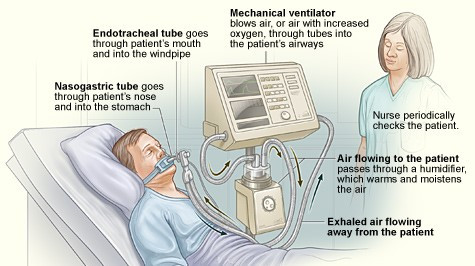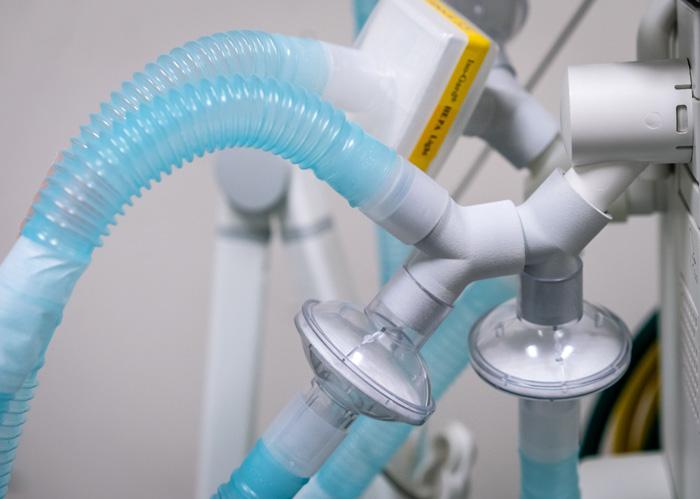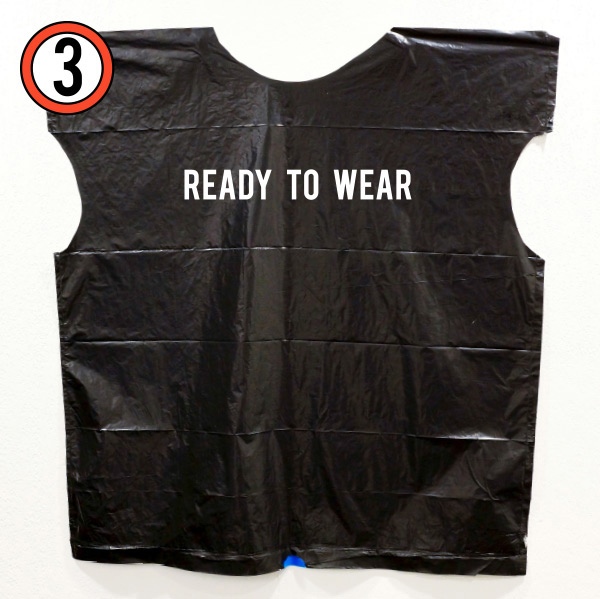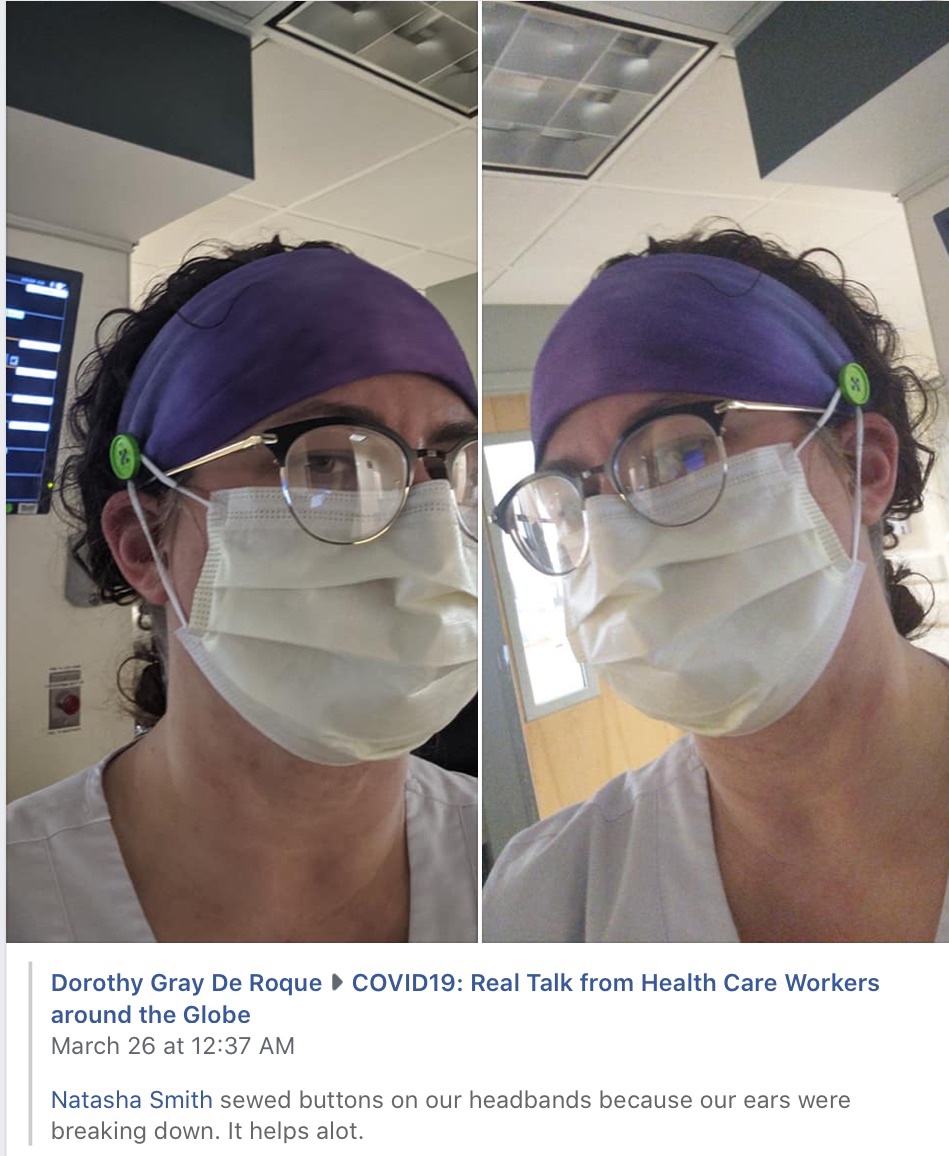
GUEST POST from Arlen Meyers, M.D.
Maybe the last time you walked into a retail-based clinic, you did not see an MD. Maybe the same thing happened at your hospital outpatient clinic or an urgent care center. Physician “extenders” and advanced practice professionals, like primary care pharmacists, nurse practitioners and physician assistants are winning the war on branding. They and their professional associations have done a good job branding their services while complacent doctors have not. What happened? Doctors are now “providers”. The latest spin is to call yourself a surgicalist. A surgicalist is a highly trained, board-certified surgeon who provides emergency surgical care within a dedicated hospital setting – the foundation of a surgical hospitalist program. A surgicalist career path affords talented surgeons the chance to design the life they want.
Staffing shortages among healthcare providers are having numerous downstream effects on everything from patient care to reimbursement and thinning margins. But they’re also causing a shift in public perception: More people now trust pharmacists to play a larger role in their care management, according to new research from Columbia University Mailman School of Public Health in New York City and Express Scripts Pharmacy.
In the period from 2015–2018, nearly one-half of the U.S. population was using at least one prescription drug, nearly one-quarter (21.4%) were using three or more, and over 10% were using five or more prescription drugs.
All of that is putting pharmacists in the spotlight – along with the rise of chronic disease, increased medication use and shifts to value-based payment models.
Doctors don’t understand that branding a service, particularly one that is becoming more and more commoditized, is not like branding a product, like toothpaste. There are four keys to branding a service:
1. Don’t Mass Market To Your Target Market Take a look at the doctor ads. They are filled with platitudes like “quality care”, “personalized service” and “caring staff”. I would sure hope so. But, marketing to the masses with platitudes is like a CPA saying “I can do your taxes”. Instead, you need to “touch” your patients with highly targeted messages.
2. Focus On Relevance Over Differentiation Most product branding is about cheaper, smarter, faster, better compared to the competition. Service branding is about how I can solve your unique problem.
3. Worry About Growing Revenue, Not Market Share. Payer mix is an obvious difference when it comes to sickcare branding compared to product branding. As we all know, doctors don’t make the same profit seeing all patients. Some, in fact, are loss leaders. Soon, all of sick care might be a loss leader.
4. Help Your People Be Your Brand. Particularly in sickcare, your people are your brand, including the doctors. You are the product, not the doctor.
When it comes to these four elements, non-physicians are doing a better job than physicians and they are building brand equity. Take a page out of the FedEx playbook, and expect to see
- A genuine and defensible market position
- Improved external awareness, perception, and desirability
- The development of a collaborative internal culture
- Alignment and integration of all messaging
- Revenue growth
Here are 10 ways to beat Commodity Care. For doctors to brand their services and win as incumbents in the market, they need to practice Othercare .
In the face of competition, substitutes and turf wars, doctors need to do more about their sustainable competitive advantage, particularly when it comes to practicing at the top of their license, building brand equity and innovating, all things that, up to this time, they have not done because they didn’t have to.
Maybe then, they won’t call you a provider anymore, doctor.
![]() Sign up here to get Human-Centered Change & Innovation Weekly delivered to your inbox every week.
Sign up here to get Human-Centered Change & Innovation Weekly delivered to your inbox every week.









